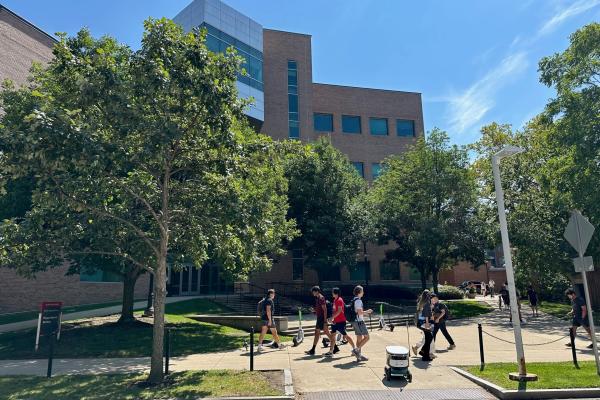
Dr. Saad Nabeebaccus
IJCLab, France
The Exclusive Photoproduction of a Photon-Meson Pair with Large Invariant Mass as a New Probe to Study GPDs
Location: 4138 Physics Research Building
Faculty Host: Yuri Kovchegov
Abstract: Various 2 to 3 exclusive processes in the collinear factorisation framework have been studied to probe generalised parton distributions (GPDs). As explained by Qiu and Yu in 2305.15397, such processes give access to enhanced x-dependence of GPDs, beyond the moment-type information that is accessed in well-studied 2 to 2 exclusive processes such as Deeply Virtual Compton Scattering. In 2205.07846 and 2210.07995, it was proved that a wide range of 2 to 3 exclusive processes factorise. Moreover, through the exclusive photoproduction of photon-meson pair with large invariant mass, which falls in the latter category and which will be the focus of my talk, chiral-odd GPDs can be probed at the leading twist. I will discuss our recent results from 2212.00655 and 2302.12026 on the subject, performed at leading order and leading twist, for a charged pion and rho meson of any charge and polarisation. Our results indicate that the statistics are very promising for performing an experimental study at various experiments, such as COMPASS, future EIC, LHC in ultraperipheral collisions, and especially at JLab. I will also discuss our current progress in extending our theoretical predictions to next-to-leading order. I will further talk about the issues in extending the calculation to having a neutral pion in the final state, which is sensitive to gluon GPDs, unlike our previous calculations.
